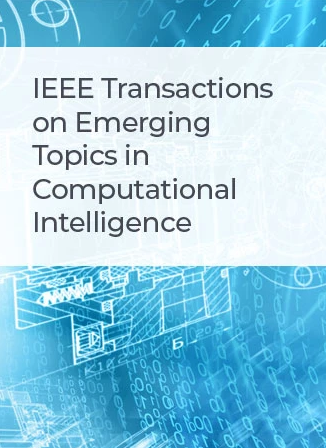通过机器学习算法检测焦虑:文献综述
IF 5.3
3区 计算机科学
Q1 COMPUTER SCIENCE, ARTIFICIAL INTELLIGENCE
IEEE Transactions on Emerging Topics in Computational Intelligence
Pub Date : 2025-03-12
DOI:10.1109/TETCI.2025.3543307
引用次数: 0
摘要
最近机器学习(ML)的进步为解决各种挑战开辟了新的可能性。鉴于机器学习算法解决复杂问题的能力,在诊断精神健康障碍方面使用机器学习算法的研究在数量和范围上都有了大幅增长。焦虑是当今世界的一个主要健康问题,影响着很大一部分人口。与没有焦虑症的人相比,患有焦虑症的人往往表现出截然不同的特征。这些差异可以从他们的外表(如声音、面部表情、手势和动作)和不太明显的因素(如心率、血液测试结果和脑成像数据)中观察到。在此背景下,许多研究利用ML算法从焦虑患者身上提取各种特征,旨在建立能够准确识别受该疾病影响的预测模型。本文对采用机器学习算法识别焦虑的最新研究进行了全面的文献综述。本文旨在涵盖广泛的研究,并根据其方法和使用的数据类型对其进行分类。本文章由计算机程序翻译,如有差异,请以英文原文为准。
Detecting Anxiety via Machine Learning Algorithms: A Literature Review
Recent machine learning (ML) advances have opened up new possibilities for addressing various challenges. Given their ability to tackle complex problems, the use of ML algorithms in diagnosing mental health disorders has seen substantial growth in both the number and scope of studies. Anxiety, a major health concern in today's world, affects a significant portion of the population. Individuals with anxiety often exhibit distinct characteristics compared to those without the disorder. These differences can be observed in their outward appearance—such as voice, facial expressions, gestures, and movements—and in less visible factors like heart rate, blood test results, and brain imaging data. In this context, numerous studies have utilized ML algorithms to extract a diverse range of features from individuals with anxiety, aiming to build predictive models capable of accurately identifying those affected by the disorder. This paper performs a comprehensive literature review on the state-of-the-art studies that employ machine learning algorithms to identify anxiety. This paper aims to cover a wide range of studies and categorize them based on their methodologies and data types used.
求助全文
通过发布文献求助,成功后即可免费获取论文全文。
去求助
来源期刊

IEEE Transactions on Emerging Topics in Computational Intelligence
Mathematics-Control and Optimization
CiteScore
10.30
自引率
7.50%
发文量
147
期刊介绍:
The IEEE Transactions on Emerging Topics in Computational Intelligence (TETCI) publishes original articles on emerging aspects of computational intelligence, including theory, applications, and surveys.
TETCI is an electronics only publication. TETCI publishes six issues per year.
Authors are encouraged to submit manuscripts in any emerging topic in computational intelligence, especially nature-inspired computing topics not covered by other IEEE Computational Intelligence Society journals. A few such illustrative examples are glial cell networks, computational neuroscience, Brain Computer Interface, ambient intelligence, non-fuzzy computing with words, artificial life, cultural learning, artificial endocrine networks, social reasoning, artificial hormone networks, computational intelligence for the IoT and Smart-X technologies.
 求助内容:
求助内容: 应助结果提醒方式:
应助结果提醒方式:


